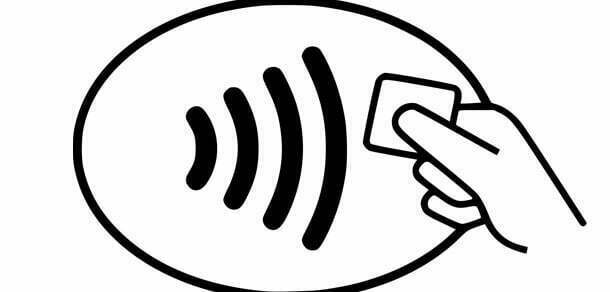
In any review of contactless technology, it quickly becomes apparent that there are multiple technology choices–some considered industry standard and others that are proprietary to a specific vendor. To date, three contactless technologies have received standards classification from the International Organization for Standards (ISO), an umbrella organization made up of 130 national standards bodies from around the world, and the International Electro Technical Committee (IEC), an organization representing more than 50 national standards bodies focused on electronics.
These three standard contactless technologies, as defined by ISO/IEC, are:
Though the official name includes both ISO and IEC, in practice the terms are often shortened to just use the ISO abbreviation (e.g. ISO 14443). In the following paragraphs, we will review each of the three standards from both a technical and a market perspective.
The ISO/IEC 10536, the close coupling card technology standard, was the first contactless standard to emerge. Cards meeting this standard must be either inserted into a reader or placed upon the surface of the reader for communication to occur. The cards have an extremely short reading distance and require accurate placement of the card of the card at the reader–both major drawbacks for a contactless technology. While ISO 10536 cards were deployed in a number of early projects, the cards are virtually unused today. And with no known supplier for integrated circuit chips for ISO 10536 technology, the standard is, in essence, dead.
The ISO/IEC 14443 proximity card technology (ISO 14443) has been used for the overwhelming majority of contactless card deployments worldwide. The targeted range of operations for ISO 14443 cards is up to 10 cm, although this range varies, depending on power requirements, memory size, CPU, and co-processor.
The ISO 14443 standard document has four distinct parts:
For a system to comply with ISO 14443, it must meet the requirements of all four parts. Thus, the phrase "ISO 14443, Parts 1 through 4 compliant" is often seen in product descriptions.
The ISO/IEC 15693 vicinity card technology (ISO 15693) developed in response to the industry's desire for a contactless card technology with an operational range greater than 10 cm. The vicinity card has three modes of operation: read mode, authenticate mode, and write mode. The maximum stated ranges are for read mode, 70 cm, for authenticate mode, 50 cm, and for write mode, 35 cm.
The ISO 15693 standard has three distinct parts:
A number of proprietary contactless interfaces are used in the industry in addition to the standardized contactless techniques described previously. Two common technologies are Cubic's GO-Card and Sony's FeliCa card.
Both of these proprietary technologies are variations on ISO 14443 but each uses a nonstandard bit rate and/or bit encoding method. Attempts by Cubic and Sony to receive standards classification for these products under ISO 14443 were unsuccessful.
In essence, the goal of the manufacturers was to add the proprietary interface types to Part 2 of the 14443 standard as Type C or Type D varieties. In response to the request, Working Group 8 determined that they would not add additional interface types to the 14443 standard.
With multiple card standards in place, the selection of a card reader has greater significance for a program's long-term flexibility. Well over one million contactless card readers have been deployed to date. The current deployment trend favors readers that will accommodate several different card types. An example of this flexibility is the emergence of readers that support ISO 14443 Type A and Type B, ISO 15693, and even an additional proprietary card type.
With this basic review of the state of contactless card standards complete, we can turn our attention to what makes the three viable contactless standards different. Next month we will review each technology and attempt to dispel some of the common misconceptions about each of these offerings.
Much of the content for this article was initially published in the paper "Contactless Smart Card Technology for Access Control," by AVISIAN Inc., 2002.




